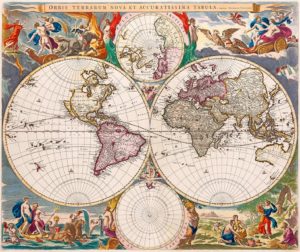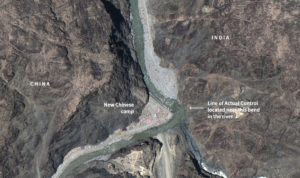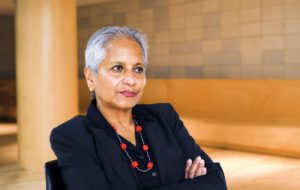Private kindergartens are a booming business in China
Chinese parents investing fortunes into early-age education is nothing new. But the thriving market of private highly-Westernized kindergartens stands in stark contrast to every other educational sector in China.
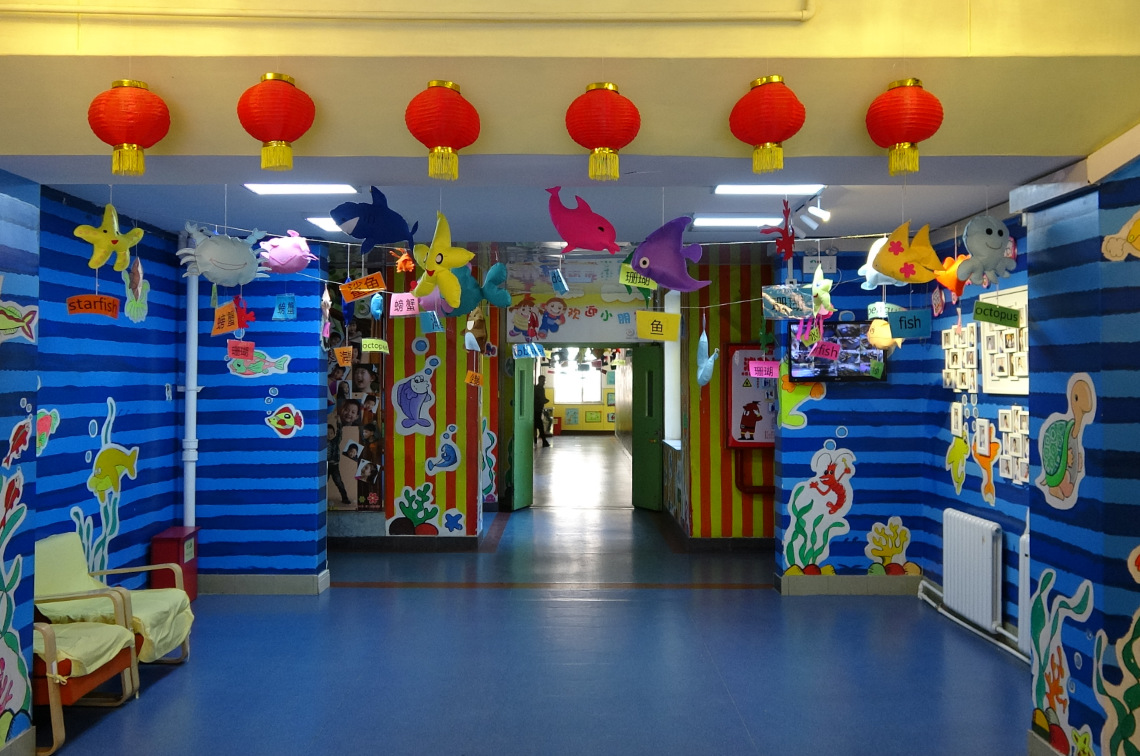
Private kindergartens and preschools are booming in China. Between 2003 and 2015, facilities nearly tripled from 55,000 locations to 143,000, according to ResearchInChina, a business consultancy based in Beijing, while only 15,000 new public kindergartens opened over the same period. Private schools’ outmaneuvering of their public counterparts stems from an ever-increasing imbalance: Even as families have become wealthier and parents have demanded more of preschool services, government has offered little support for early-age public education.
The proliferation of the private early-age education sector in China also defies other trends in Chinese education. As these kindergartens have flourished, private educational centers servicing other grade levels have struggled to find their footing. Last year, the central government took a strict line on private education for elementary through high school, banning for-profit education at those levels while leaving pre-elementary intact. Where did this exception come from? What implications does it have for the future of Chinese education? And what are these private schools actually like?
I recently had the opportunity to visit one of these shiny new private kindergartens in Beijing — a location where an old friend of mine, Hou Yong 侯勇, coordinates a program for older children about to enter elementary school. Hou’s choice to work in a kindergarten is unusual for someone with his level of education: He graduated with a master’s degree from Tsinghua University in 2015. (Tsinghua is one of China’s two most elite universities; the other, Peking University, is also located in Beijing.) But unlike the majority of his peers at Tsinghua studying science, engineering, or law, Hou’s course of study was preschool management.
The visit was a chance to peek into one aspect of the future of Chinese education, where families with the means to do so pay for increasingly ambitious curricula and activities all designed to give their children a leg up. I knew that this was how education in China worked. What I didn’t know, and what surprised me, was just how Westernized parts of the preschool industry had become, and how little the government seemed to care — until recently — about controlling how these schools operate and what the children are learning.
Visiting the Golden Cradle
On a bright and blue Monday afternoon in early March, I went to meet Hou at the Golden Cradle (金色摇篮 jīnsè yáolán) kindergarten in a central area of Beijing near the Olympic Village. Beijing’s notorious smog was conspicuously absent, as the city’s bigwigs were still wrapping up their yearly Two Sessions meetings at the Great Hall of the People.
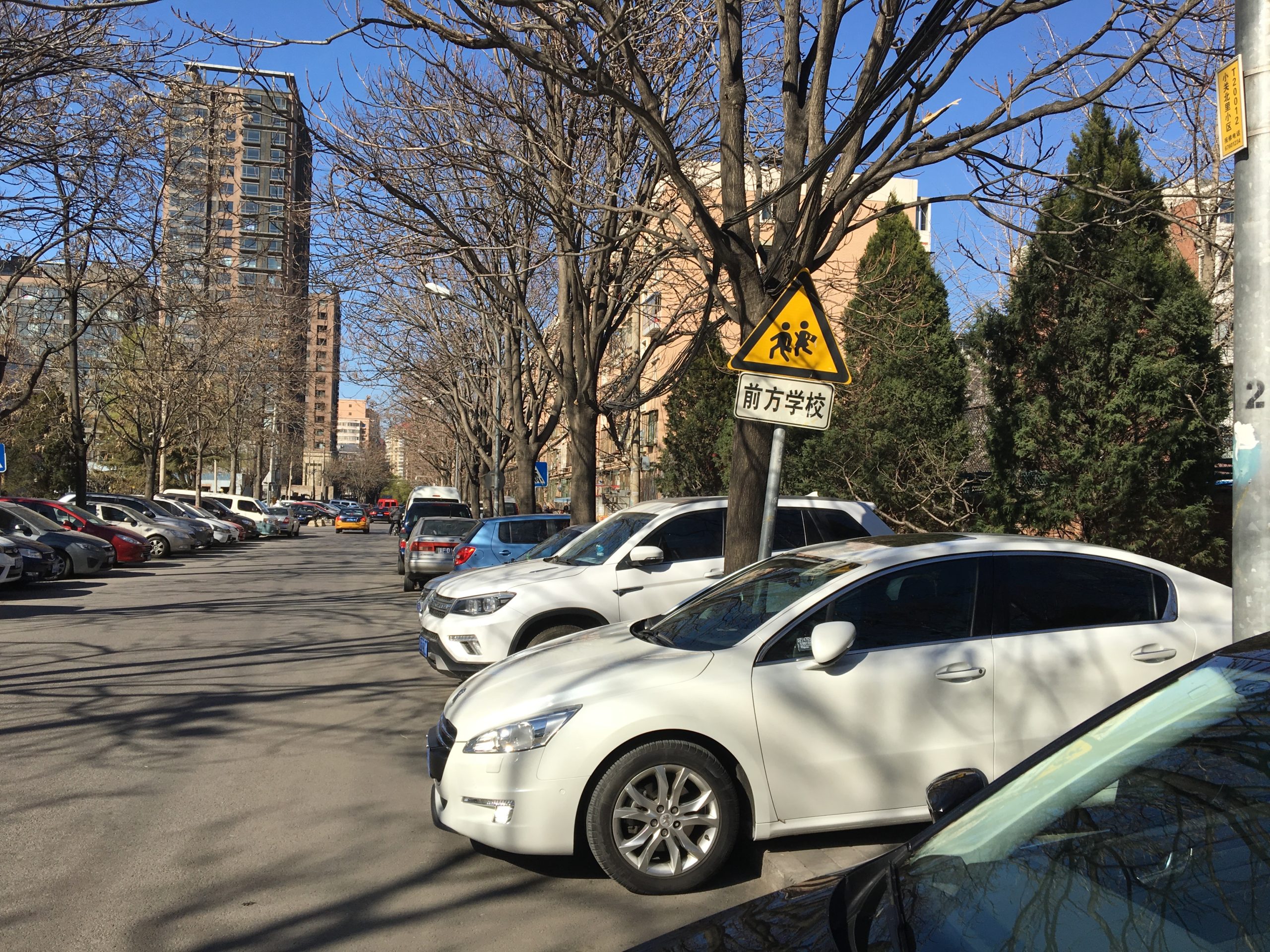
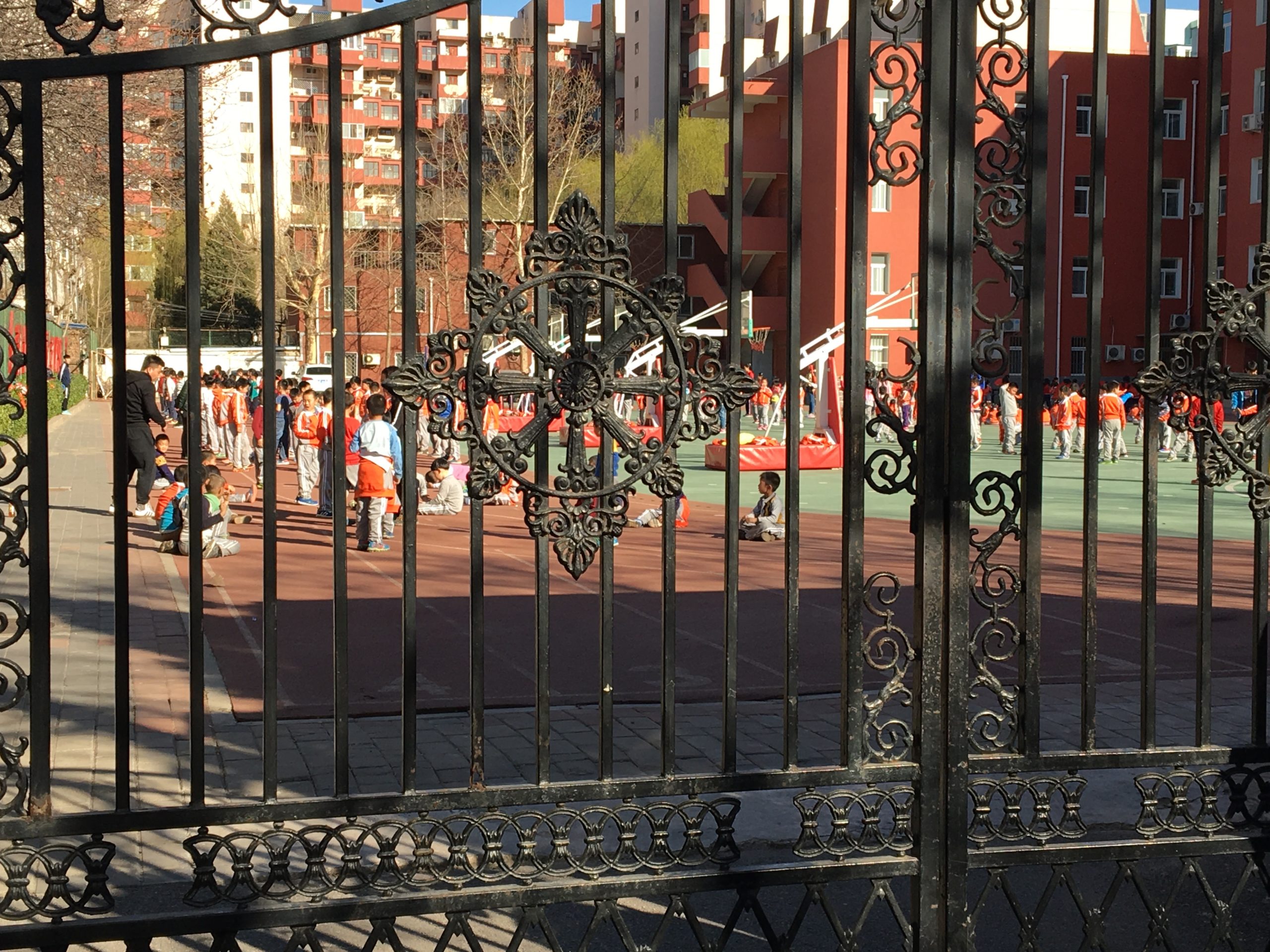 BMWs and other high-end cars lined the streets; it was clear that membership to this community carried a price tag. With the blue skies and clean, calm surroundings, the area even appeared quaint — an unexpected setting in a major Chinese metropolis. I passed by a grade school, where lines of young people in the schoolyard were practicing some form of martial arts.
BMWs and other high-end cars lined the streets; it was clear that membership to this community carried a price tag. With the blue skies and clean, calm surroundings, the area even appeared quaint — an unexpected setting in a major Chinese metropolis. I passed by a grade school, where lines of young people in the schoolyard were practicing some form of martial arts.
I arrived at the kindergarten and met Hou close to 4 p.m., half an hour before the children were let out.
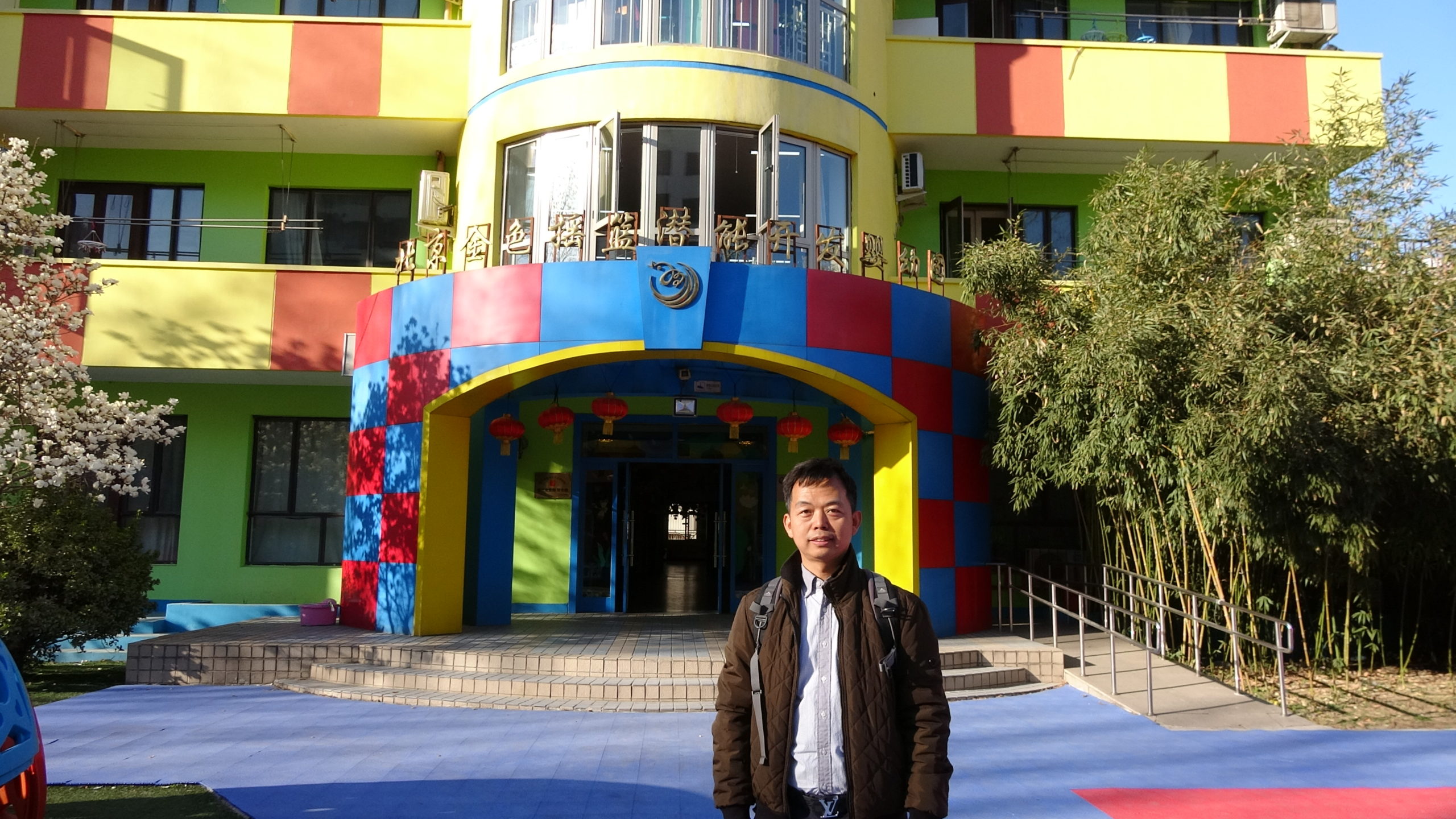
An energetic young teachers’ assistant named Li (variously called “Brother Li” or “Teacher Li” by the children) came out to greet us, and we began to make our way through the large facility.
The school was a maze of brightly colored walls plastered with children’s artwork. Teacher Li shuffled us through the many hallways, energetically introducing the art and activities of the kindergarten’s different classes. A staircase was annotated with a sampling of bilingual culinary vocabulary; another wall was covered with paintings of the Smurfs. One area displayed Chinese folk art made by the students, while other sections of the building were devoted to music and even rollerblading.
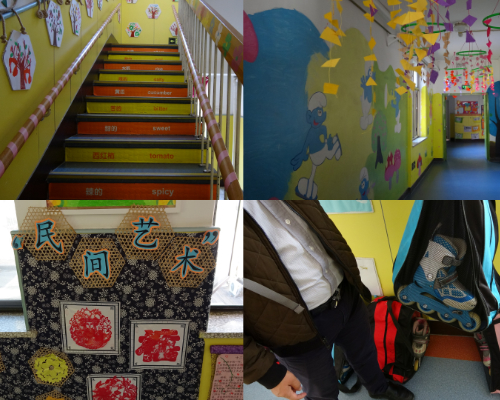
The hallways reflected the wide range of subjects that the students are exposed to. This exposure, Hou explained, is a key principle of the educational theory that these kindergartens were founded upon. They seek to “activate” the children’s own organic social, physical, and mental capabilities, rather than drilling comprehension at such a young age. For example, while most kindergartens teach their students 300 Chinese characters and then repeat the lessons many times, Golden Cradle teaches 800 characters, enough in the Chinese language to at least sound out a typical newspaper article, even if the kids aren’t yet able to understand what everything meant.
Students range in age from two and a half to six, divided into roughly 30-member classes. Golden Cradle emphasizes outdoor activities and maintains at least two hours of naptime each day. Li insisted that we take a closer look at the walls around us, where he pointed out how the complexity of the children’s artwork progresses with each class level.
By the time our tour wrapped up, parents had already started gathering at the front entrance to pick up their kids. Teachers led their classes outside, and squeals of excitement and laughter filled the air as the kids rushed to meet their parents and grandparents.
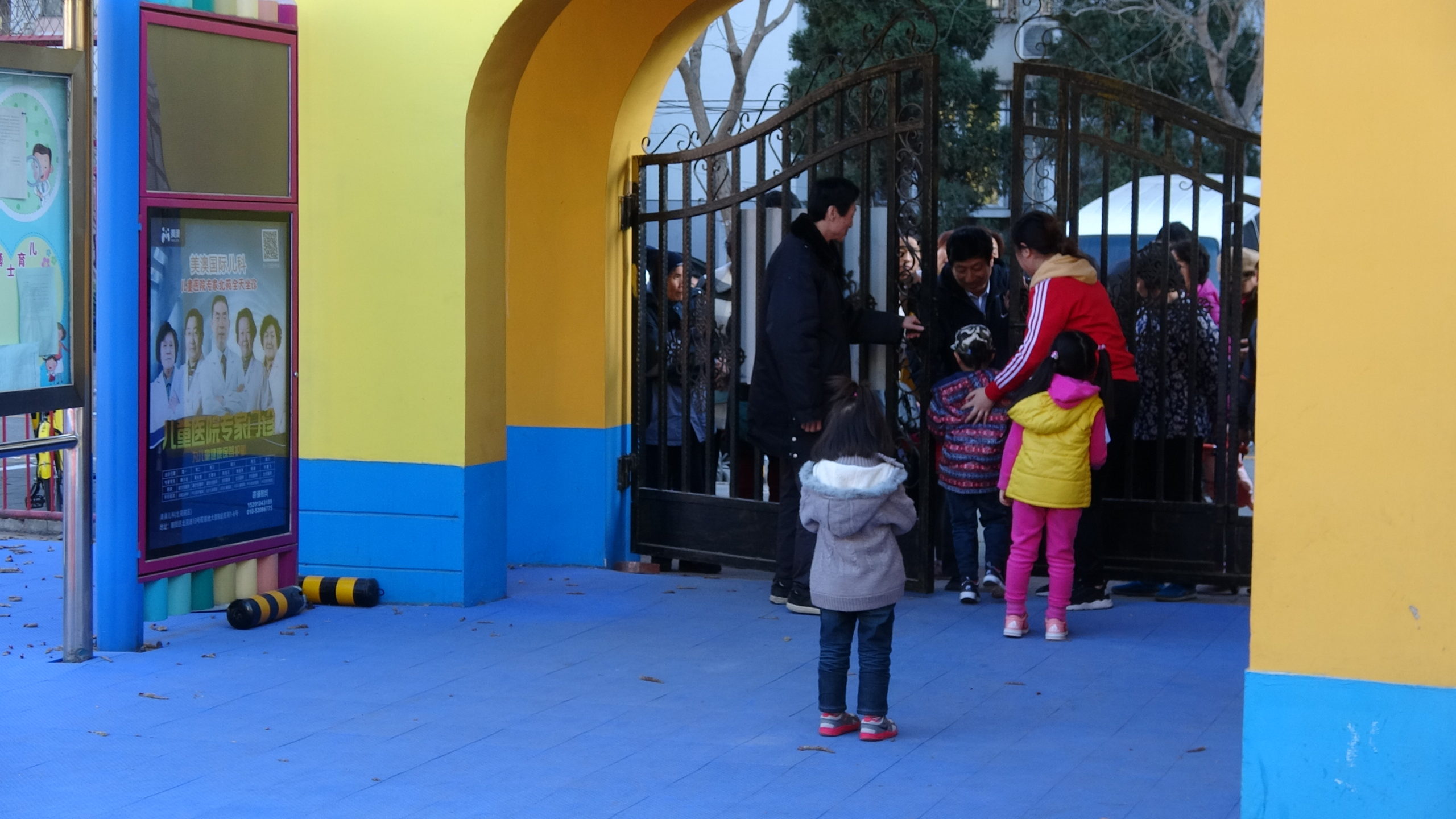
 If you have the gold, why not buy a golden cradle?
If you have the gold, why not buy a golden cradle?
Golden Cradle serves wealthy families. The 6,000-7,000 yuan (around $1,000) monthly fee is extraordinary, even by Western standards. (For comparison, a school approaching Golden Cradle’s level of resources but located far outside of central Beijing will cost about half as much. The least expensive kindergartens in Beijing, including most public kindergartens, will have a fee of around 1,000 yuan, or $145, a month.)
But Chinese parents with financial means are also “extraordinarily willing” to do whatever it takes, Hou says, to get their kids an excellent education. The problem is that no one can agree on what “excellent” means anymore.
“It’s chaos,” says Hou: Golden Cradle offers its unique pedagogy as the superior choice to parents, but so do Montessori, Reggio, and Waldorf-inspired schools. All together, Hou estimates that up to 10 percent of the kindergarten market in Beijing now employs non-traditional or Westernized teaching methods in an effort to differentiate from the competition. The schools are competing for students, some with price tags far exceeding what Golden Cradle charges — the most expensive can cost twice as much by offering students extensive individual attention from teachers. “There are no common standards” in Chinese early childhood education, Hou told me, and different groups of experts back each methodology. Even parents with the money to afford a top-tier school are confused about where to send their kids.
Amid this confusion, schools like Golden Cradle are positioned to continue expanding into a larger share in the fierce Chinese education market. There are 23 Golden Cradles in Beijing and over 400 more established around the country since the first location was founded almost 20 years ago by a Chinese educator who had studied developmental psychology in the U.S. With last year’s relaxation of the one-child policy, Hou expects that many of the same families looking to add another child will also be highly interested in schools like Golden Cradle.
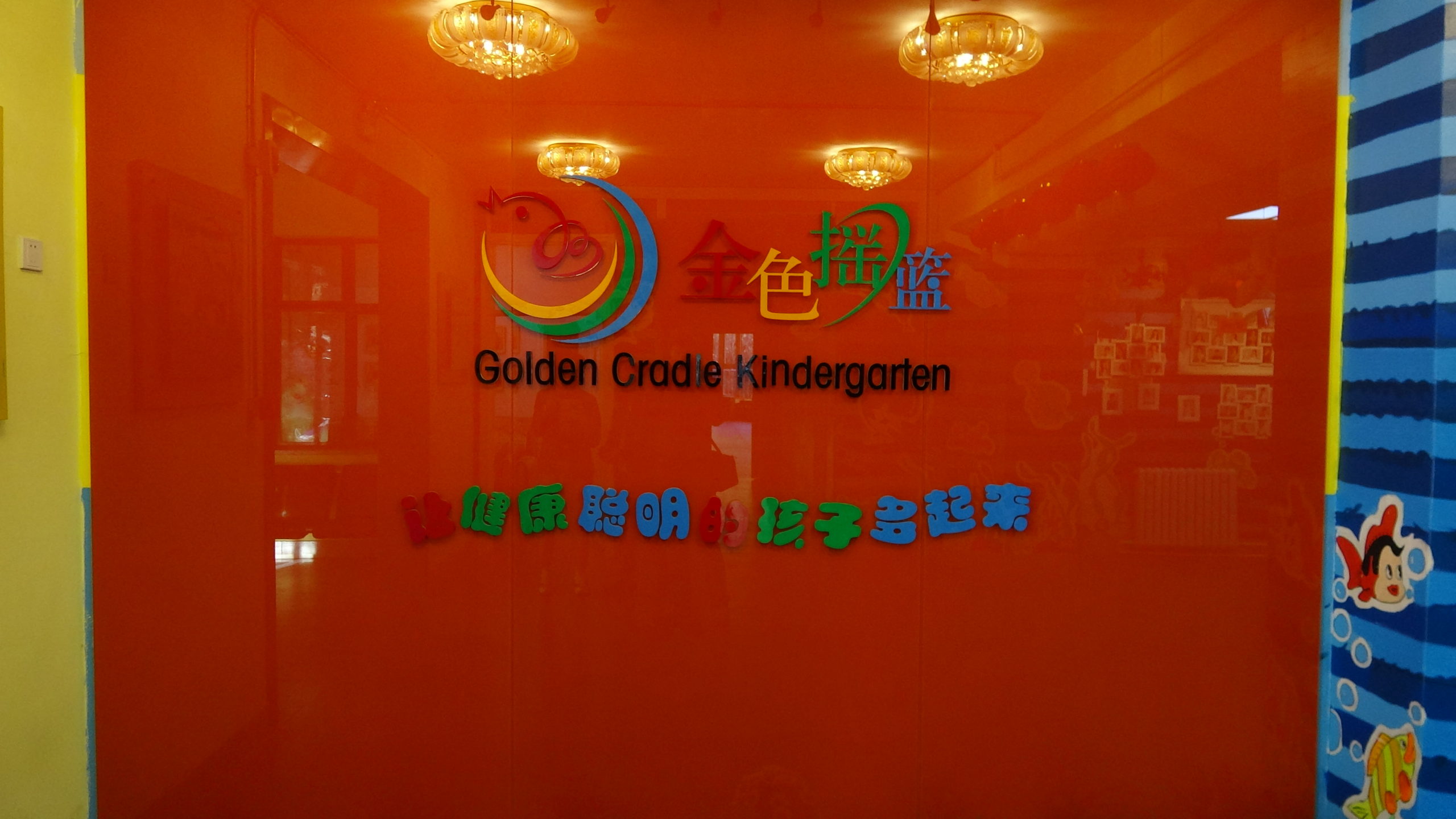 From cradle to grave, unless the cradle is golden
From cradle to grave, unless the cradle is golden
While Western-style kindergartens are still a luxury in China, it is surprising that the Chinese government is allowing them to operate and slowly spread at all. The government has increasingly scrutinized every other part of the Chinese education system in the last decade. Universities have suffered ideological crackdowns in waves; school textbooks are notorious for their frequent edits and tight control of historical narratives. Even international schools in Shanghai, considered among the most reputable and liberal in their curriculums, have recently been subjected to new rules and prohibitions against using non-government-approved materials.
When the government banned for-profit private schools from grades one to nine in November 2016, it curiously left for-profit kindergartens — like Golden Cradle — to flourish (link in Chinese), as long as they accepted higher taxes (link in Chinese; amendment number two includes private kindergartens) starting in September 2017.
Then, they came for the picture books
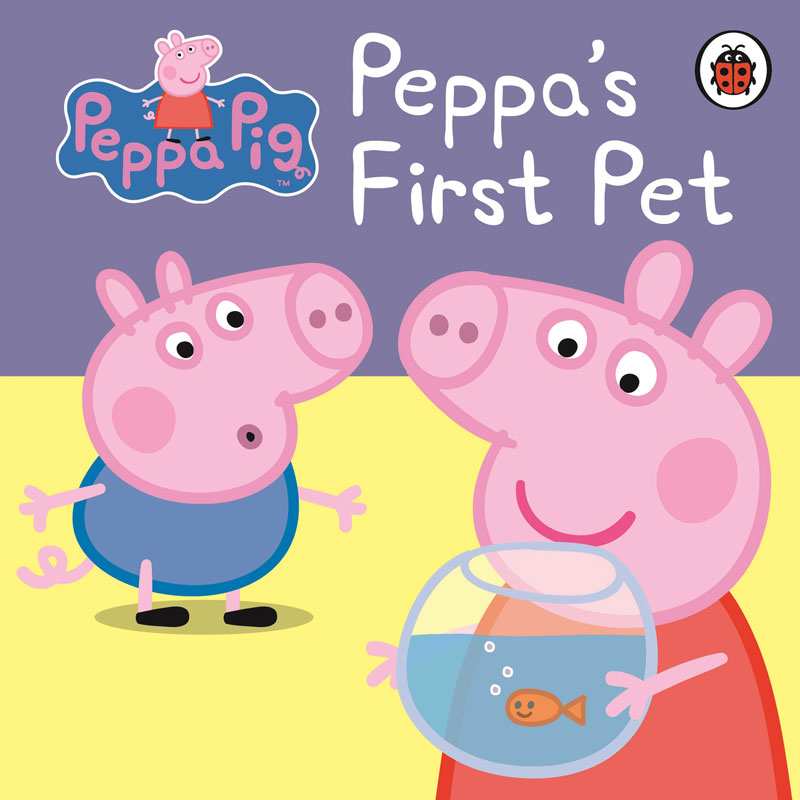
There are signs that scrutiny may be coming. Last month, censors started to carry out an ambitious crackdown on the vast majority of foreign children’s picture books, even those without political content. While not a direct regulation on preschools, it did indicate a new willingness by censors to exert control over what preschoolers read and learn.
Where does that leave the Chinese preschool industry? The industry continues to suffer from a set of serious problems. Salaries remain low at nearly every preschool and kindergarten across China, often even lower than those of elementary school teachers, so attracting good teachers is difficult. At many schools, teachers may not have completed even high school. Even well-funded schools like Golden Cradle have only a small minority of highly educated teachers on staff; most have only earned the equivalent of an associate’s degree, so Hou is the exception.
To date, other than the ominous crackdown on those pesky foreign picture books, the early-age private education sector that Hou works in appears to be an exception as well.

